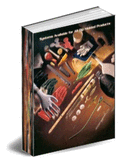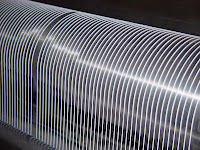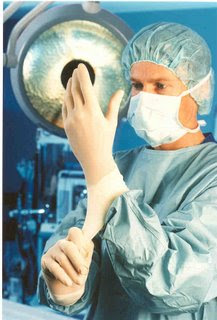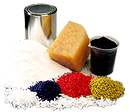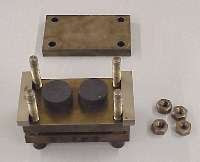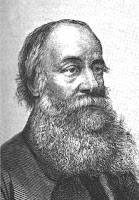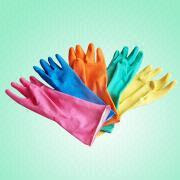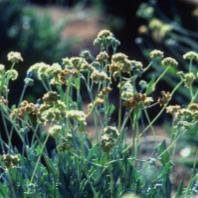Defoamer creates havoc in glove factory!
JohnWoon:Since defoamers work by virtue of their incompatibility with latex, this incompatibility could lead to defects such as fisheyes, craters, pinholes, oil spots, thin spots etc. This designed incompatibility is responsible for the inability of the latex to completely wet the incompatible component in the defoamer. 
I have two strategies to propose: 1) keeping the existing defoamer and controlling its incompatibility 2) Select a new defoamer.
If you're happy with the performance of the defoamer as regards the reduction of webbing and air bubbles, try reducing the level. You could also increase the soap/surfactant(s) employed in the latex compound so as to achieve the same result. The surfactant approach works by reducing the interfacial tension between the defoamer droplet and the water leading to smaller droplets being formed. This approach may also cause a reduction in the interfacial tension between the droplet and the latex. The end result is better compatibility. However, while you're doing this, keep a watch over the webbing and foaming tendency of the latex. You don't want to revert to the situation that prompt you to add defoamer in the first place!
Alternatively, work closely with your defoamer suppliers to select another defoamer that has been formulated properly with the correct emulsifier/surfactant system so that the defoamer droplets formed when introduced into your latex compound are too small to create havoc but large enough to still control the webbing and air bubbles.
You are at the site for answers and solutions to all your problems in natural rubber latex processing and manufacturing of medical gloves, condoms, catheters, baby teats and baby pacfiers.


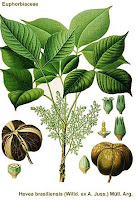

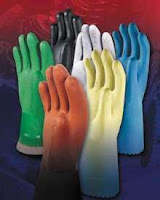




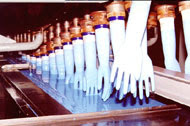


















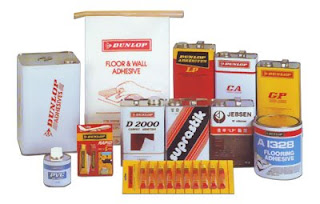
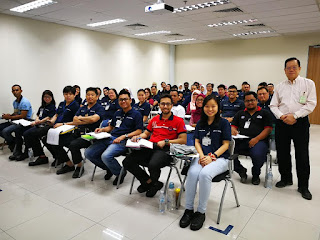

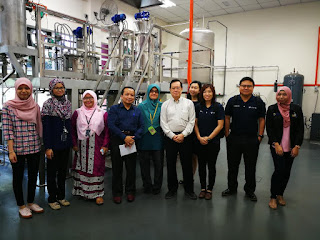
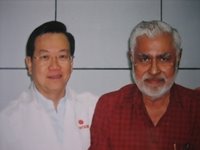


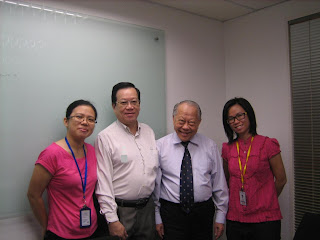


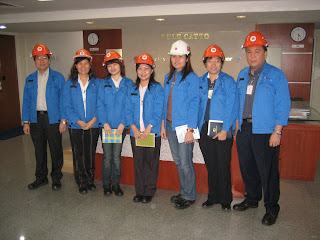
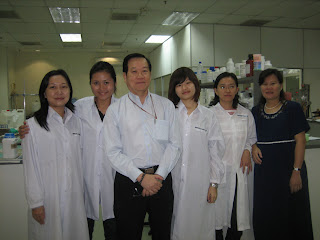
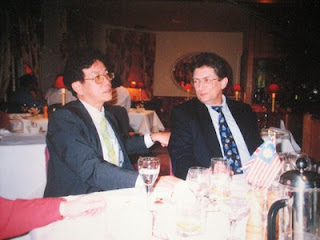.jpg)
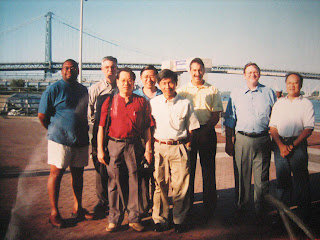.jpg)


.jpg)
.jpg)
.jpg)
.jpg)
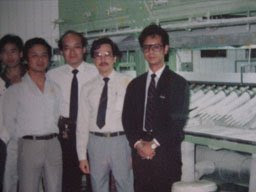.jpg)
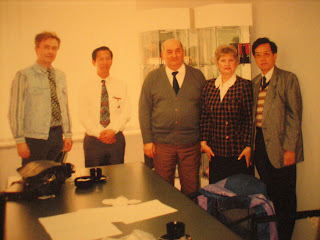.jpg)
.jpg)
.jpg)
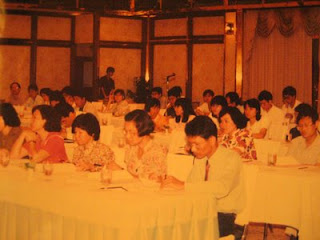.jpg)
.jpg)
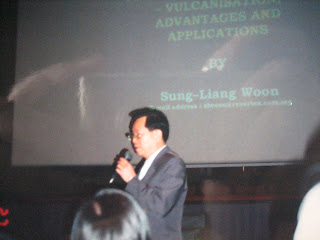.jpg)
.jpg)
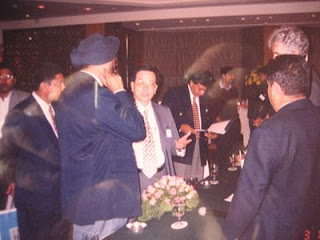.jpg)
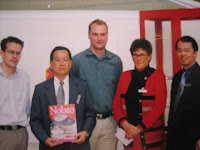.jpg)
.jpg)
.jpg)
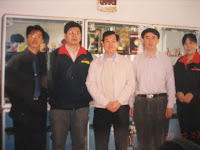.jpg)
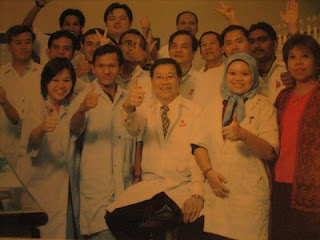.jpg)




